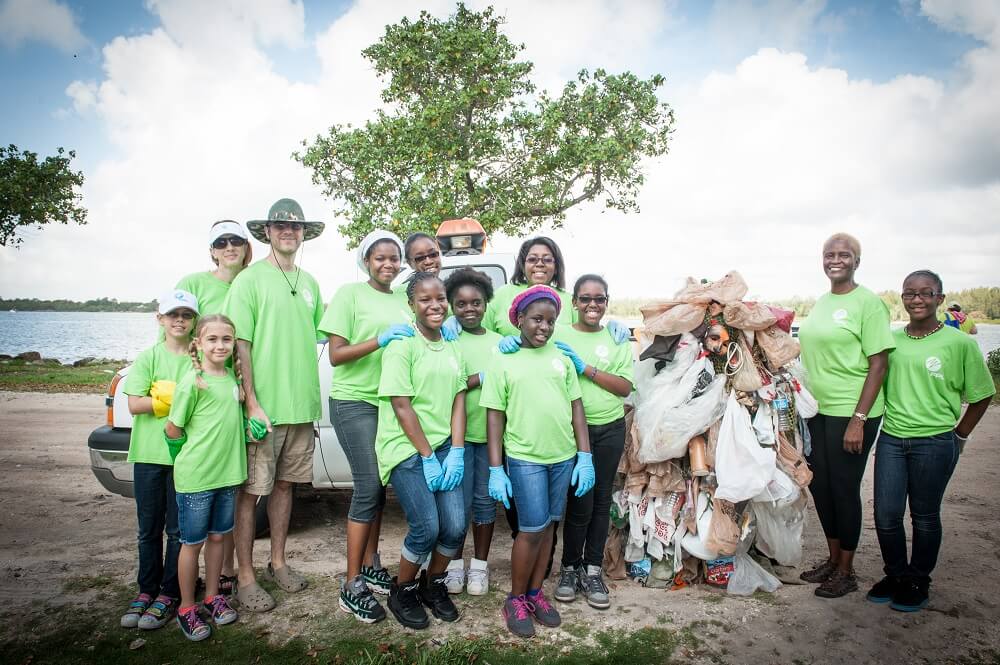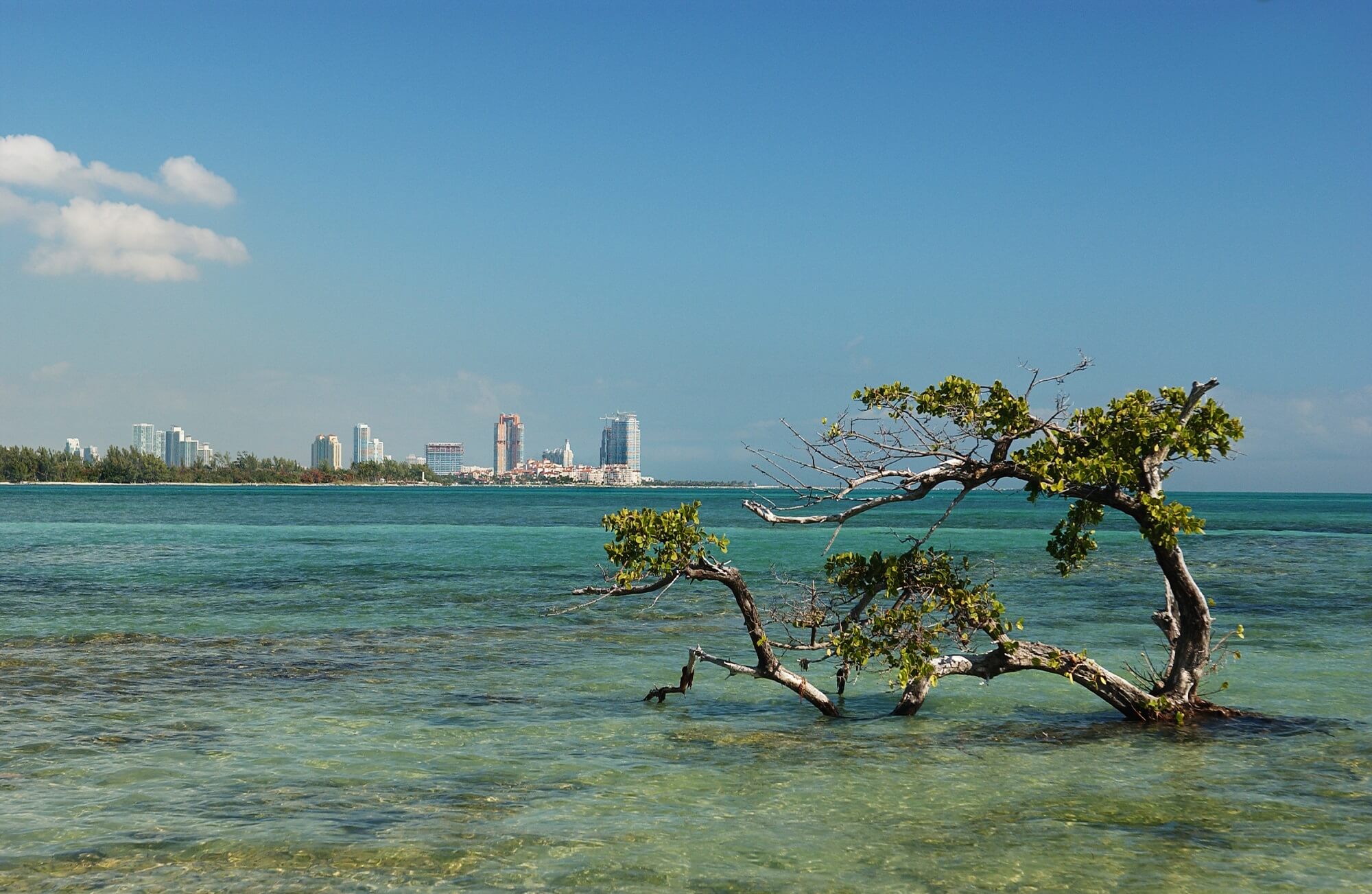Recently, our Water and Sewer Department launched Connect 2 Protect, a program that mitigates risks to public health, public and private property, and the environment from rising groundwater caused by sea-level rise. Through Connect 2 Protect, the Miami-Dade Water and Sewer Department is implementing a septic-to-sewer project in the Little River Adaptation Action Area. The Little River sewer infrastructure expansion is funded, in part, by $4.4 million awarded to WASD by the Florida Department of Environmental Protection, and is being combined with over $18 million from the County’s Building Better Communities General Obligation Bond for investments in the Little River Area. Through Connect 2 Protect, 340 of the properties most vulnerable to septic system failure in the Little River Action Area will be connected to the County’s sewer infrastructure. By connecting vulnerable properties to sewer infrastructure through Connect 2 Protect and other work underway, such as the Commercial Corridors Septic to Sewer Program and the Ojus Sanitary Sewer Expansion Project, we will help ensure a cleaner and healthier Biscayne Bay.



